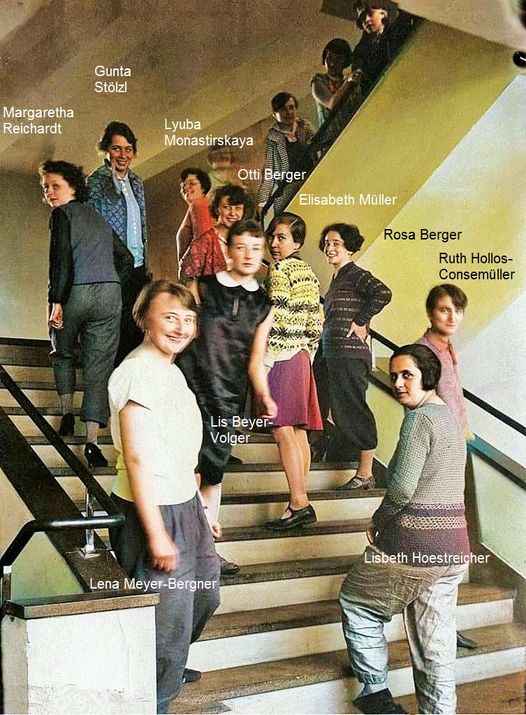
Some Key Female Artists & Designers of The Bauhaus:
Anni Albers
Lis Beyer
Marianne Brandt
Katt Both
Alma Siedhoff-Buscher
Ilse Fehling
Marguerite Friedlaender-Wildenhain
Gertrud Grunow
Grete Heymann-Loebenstein
Kitty van der Mijll Dekker,
Lucia Moholy,
Lilly Reich,
Gunta Stölzl,
Lou Scheper,
Grete Stern
and many more…
The weavers on the Bauhaus stairs in Dessau (circa 1927). © Estate of T. Lux Feininger / Photo © Bauhaus-Archiv, Berlin. Photograph: T. Lux Feininger

This blog post is ongoing research on the subject of the “Women of Bauhaus”, and will be updated regularly.
Stay tuned! #PalianSHOW
so far we’ve covered (touch upon) basic info about: Anni Albers, Marianne Brandt, Gunta Stölzl, Benita Koch-Otte, Margaret Leiteritz, Marguerite Wildenhain, Alma Siedhoff-Buscher, Grete Stern, Margaretha Reichardt, Otti Berger, Gertrud Arndt – more coming soon!


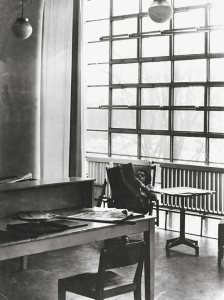
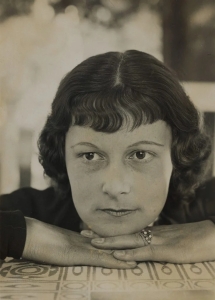


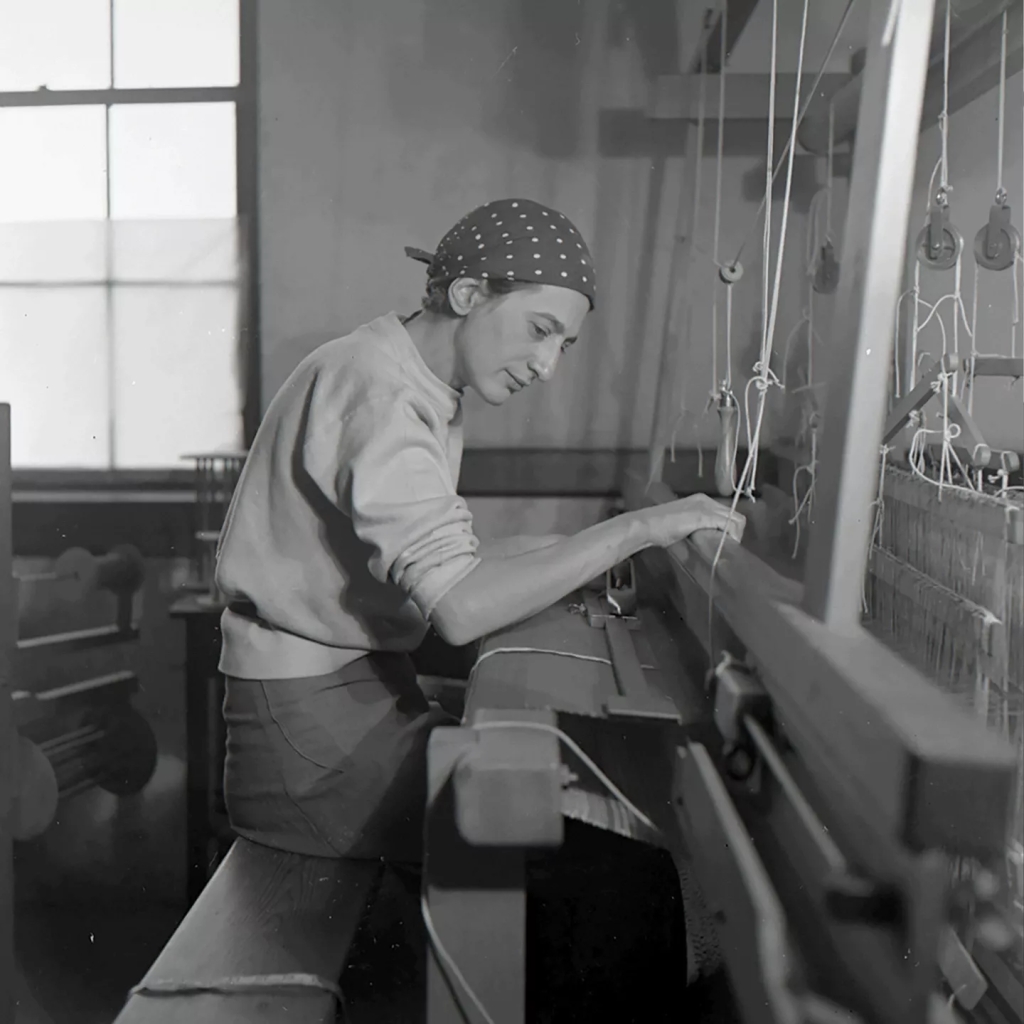
Anni Albers
born Annelise Elsa Frieda Fleischmann
Jun 12, 1899 – May 9, 1994
was a German textile artist and printmaker credited with blurring the lines between traditional craft and art. Via Wikipedia _ Anni Albers in her weaving studio at Black Mountain College, 1937
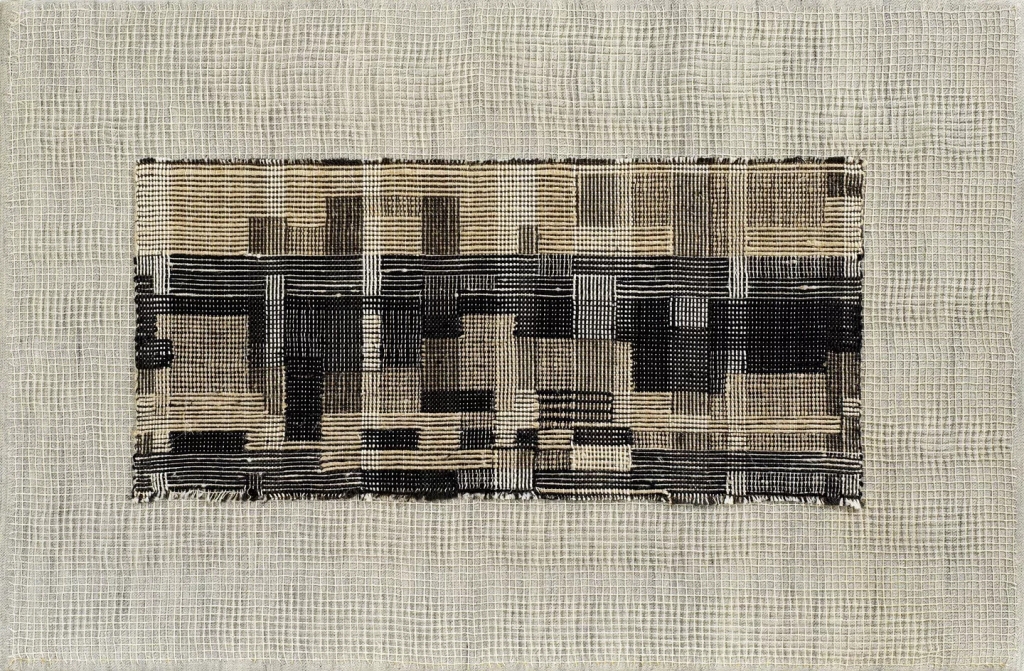

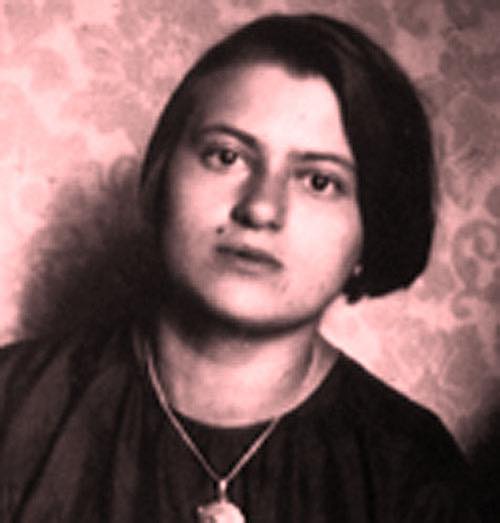
Marianne Brandt
1 October 1893 – 18 June 1983
was a German painter, sculptor, photographer, metalsmith, and designer who studied at the Bauhaus art school in Weimar
and later became head of the Bauhaus Metall-Werkstatt (Metal Workshop) in Dessau in 1928.
Today, Brandt’s designs for household objects such as lamps and ashtrays are considered timeless examples of modern industrial design. She also created photomontages. Via Wikipedia


Gunta Stölzl
(5 Mar 1897 – 22 Apr 1983)
was a German textile artist who played a fundamental role in the development of the Bauhaus school’s weaving workshop, where she created enormous change as it transitioned from individual pictorial works to modern industrial designs. via Wikipedia
She was one of a small number of female teachers on the Bauhaus’ staff and the first to hold the title of “Master”.
Within Stölzl’s first year at the Bauhaus, she began what she referred to as the “women’s department”, which due to the underlying gender roles within the school, eventually became synonymous with the weaving workshop.

Stölzl was very active within the weaving department and was immediately seen as a leader among the pack. At the time, the department was putting emphasis on artistic expression and individual works that reflected the teachings and philosophies of the painters who served as Bauhaus masters. The Weimar Bauhaus had a very relaxed atmosphere that was almost wholly dependent on the students teaching themselves and one another. Unfortunately, Georg Muche, who was the head of the weaving workshop at the time, had very little interest in the craft itself. He saw weaving and other textile arts as ‘women’s work’ and thus was of very little help with the technical processes involved. This meant the students were left to their own devices to figure out all technical aspects of a craft most had little experience working in. Due to this set-up, it is important to look at the Weimar era works visually as opposed to technically. via Wikipedia

textile designer. Mother of Gunta Stölzl Group photo with Gertrud Preiswerk (top row, 2nd from left), with participants in the weaving class, Bauhaus Dessau
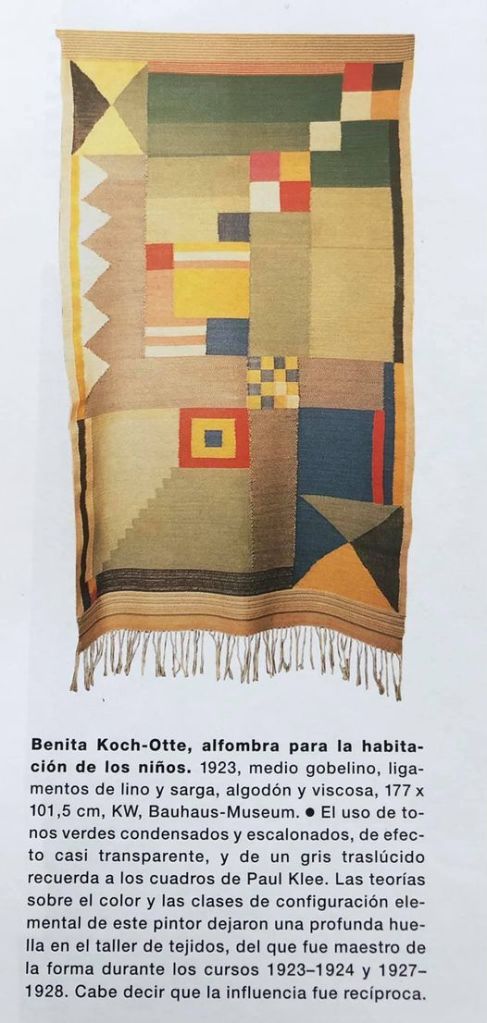
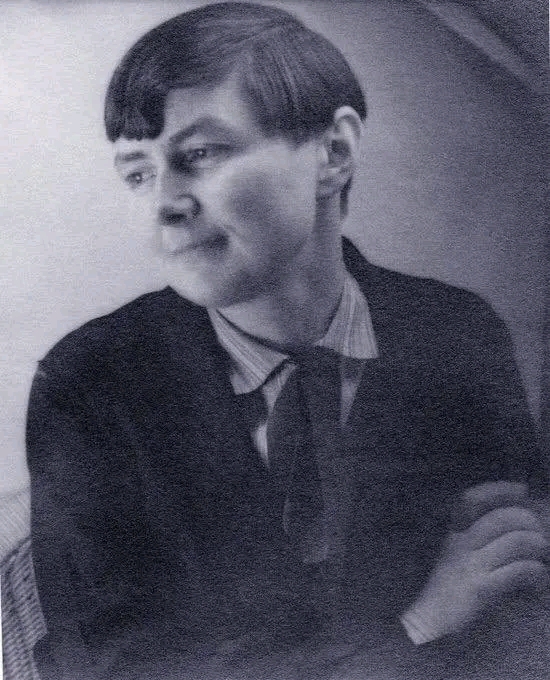
Benita Koch-Otte, born Benita Otte, was a German weaver and textile designer who trained at the Bauhaus. Via Wikipedia
Learn more HERE
Otti Berger
(4 Oct 1898 – 1944/45)
was a textile artist and weaver. She was a student and later teacher at the Bauhaus. via Wikipedia
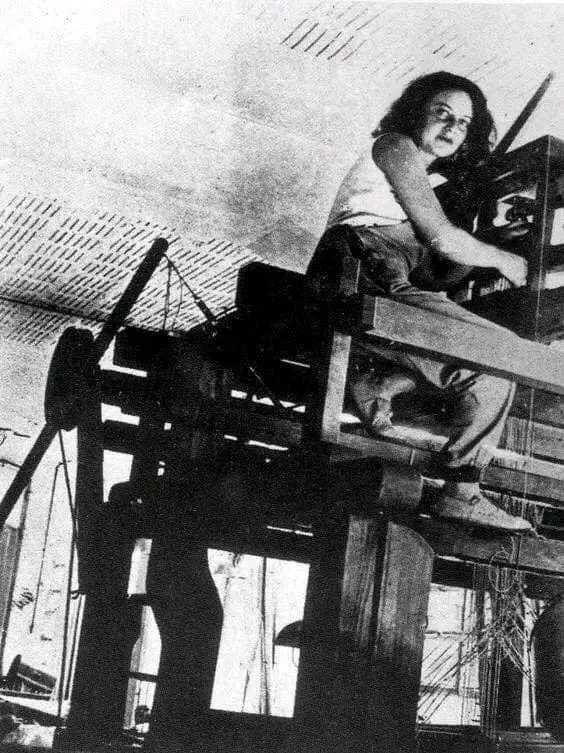

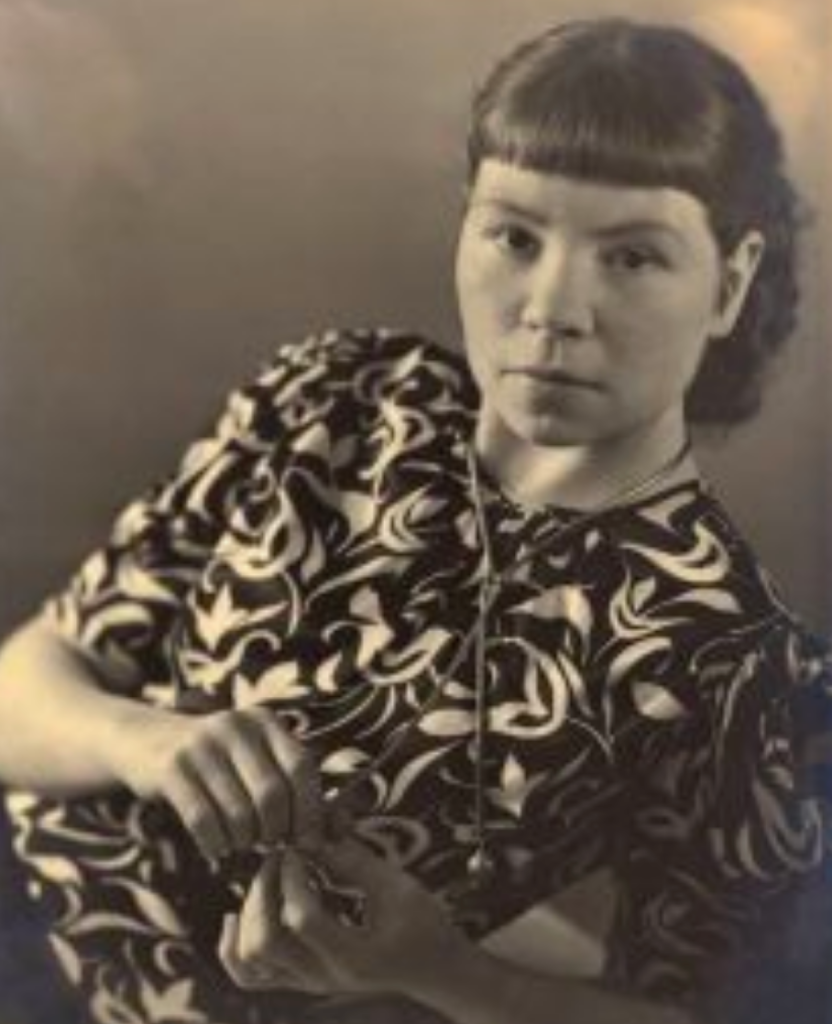
Margaret Leiteritz (1907–1976)
was a German painter who studied at the Bauhaus in Dessau from 1928 to 1931. via Wikipedia
Born: April 19, 1907, Dresden, Germany Died: 1976 (age 69 years) photo
Marguerite Wildenhain
née Marguerite Friedlaender and alternative spelling Friedländer October 11, 1896 – February 24, 1985
was an American Bauhaus-trained ceramic artist, educator and author.
Marguerite Wildenhain at work, ca. 1940 / unidentified photographer. Marguerite Wildenhain papers, Archives of American Art, Smithsonian Institution.
see her work HERE
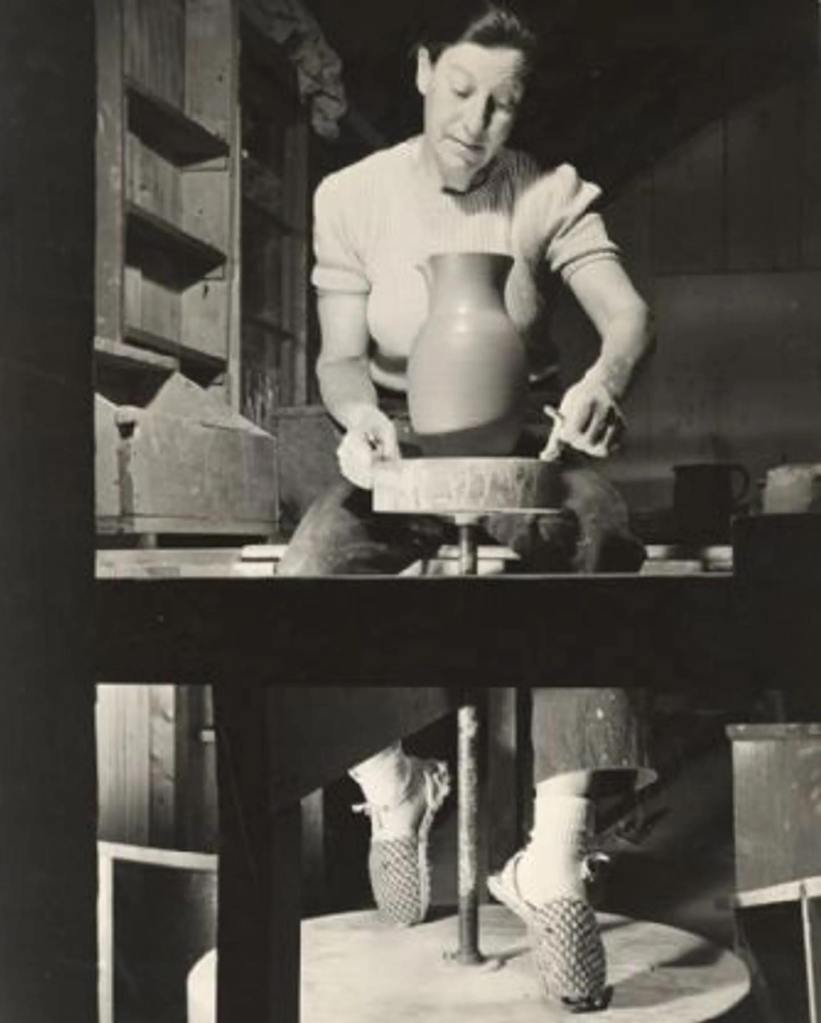
After immigrating to the United States in 1940, she taught at Pond Farm and wrote three influential books—Pottery: Form and Expression (1959), The Invisible Core: A Potter’s Life and Thoughts (1973), and …that We Look and See: An Admirer Looks at the Indians (1979).
Artist R.Arneson described her as “the grande dame of potters,”. Via Wikipedia
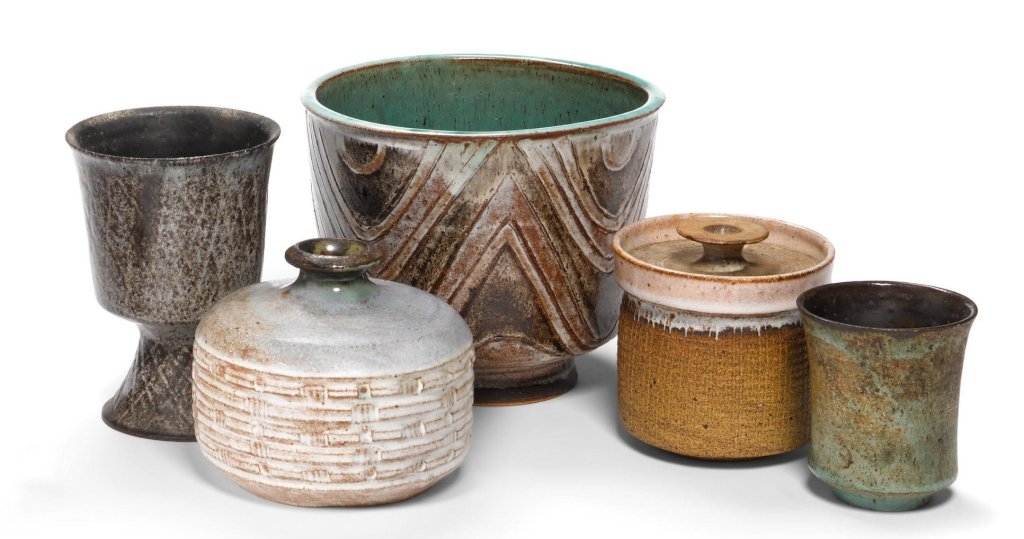
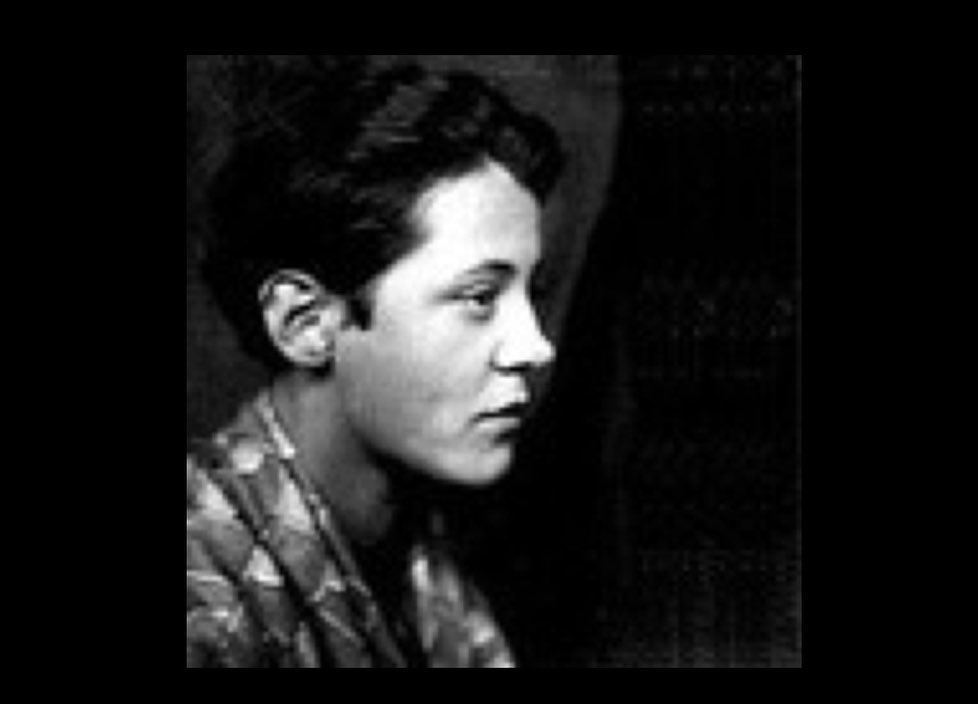
Alma Siedhoff-Buscher
(4 Jan 1899 – 25 Sep 1944),
born Alma Buscher, was a German designer.
She trained at the Reimann School in Berlin, the Unterrichtsanstalt des Kunstgewerbemuseums Berlin and the Bauhaus. Via Wikipedia
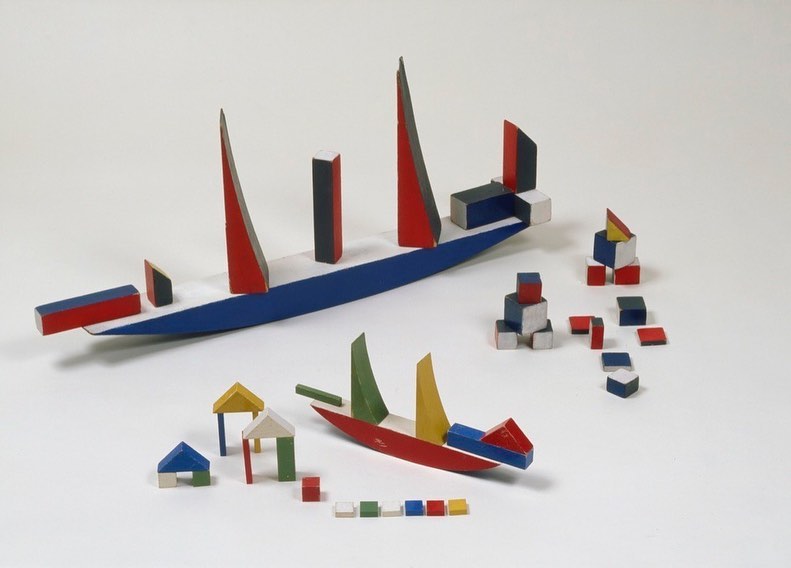
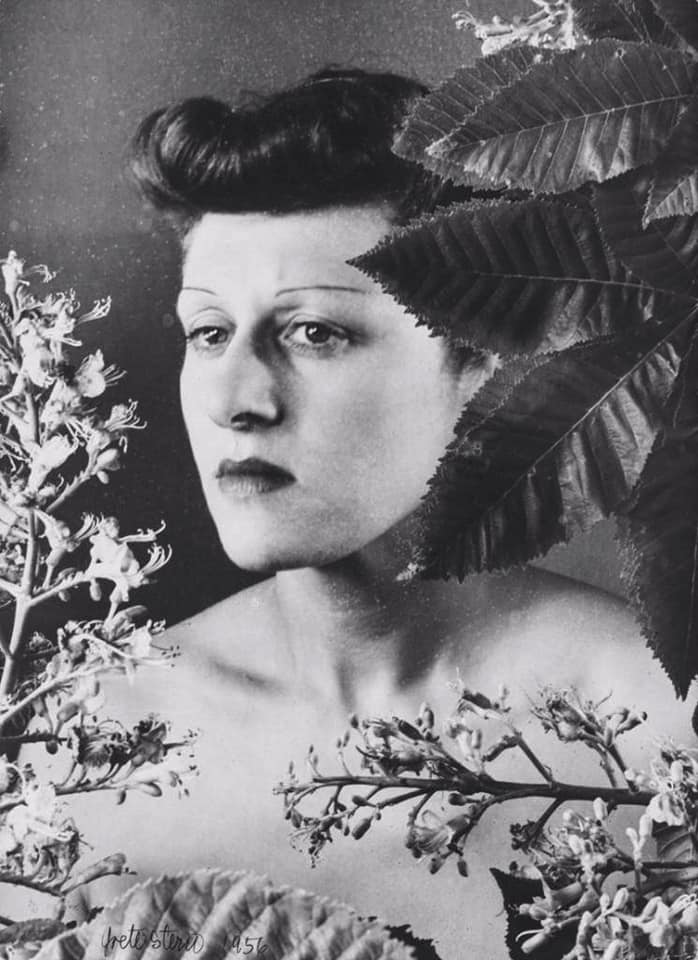
Grete Stern
9 May 1904 – 24 December 1999
was a German-Argentine photographer.
Between April 1930 and March 1933, she studied at the Bauhaus. With her husband, she helped modernize the visual arts in Argentina, and presented the first exhibition of modern photographic art in Buenos Aires, in 1935. via Wikipedia
Learn more HERE
Margaretha Reichardt
6 Mar 1907 – 25 May 1984
also known as Grete Reichardt, was a textile artist, weaver, and graphic designer from Erfurt, Germany. She was one of the most important designers to emerge from the Bauhaus design school’s weaving workshop in Dessau, Germany. via Wikipedia



Gertrud Arndt, née Hantschk;
20 September 1903 – 10 July 2000
was a German photographer and designer associated with the Bauhaus movement. She is remembered for her pioneering series of self-portraits from around 1930. via Wikipedia
Arndt in 1930; Mask portrait No. 13
Translation of part of the article “Die Entwicklung der Bauhausweberei”, published in the journal “bauhaus”, July 1931.
The Development of the Bauhaus Weaving Workshop by Gunta Stölzl (learn more)

watch : Women of the Bauhaus _ Harvard Art Museums
Join curator Laura Muir as she discusses how women, such as Anni Albers, Otti Berger, and Lucia Moholy, shaped the Bauhaus and how they feature in the special exhibition “The Bauhaus and Harvard,” on view at the Harvard Art Museums February 8 through July 28, 2019.

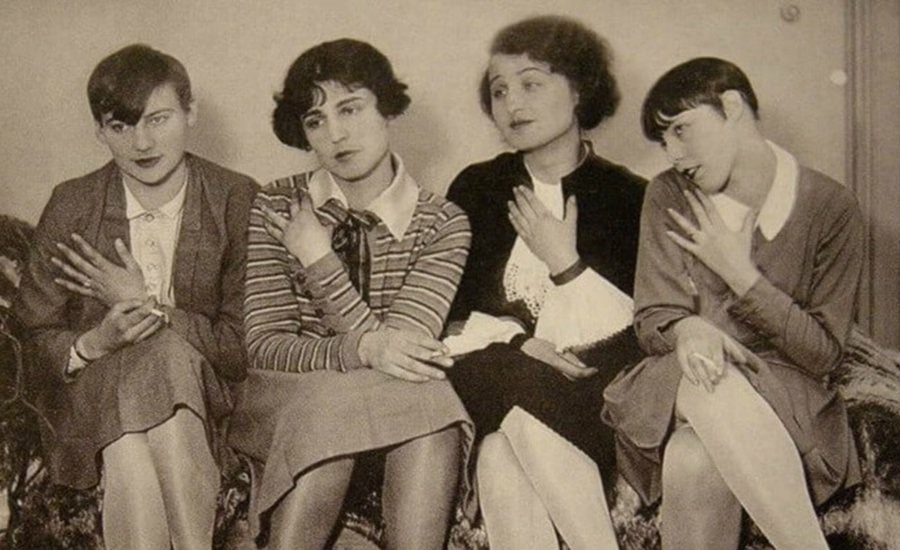
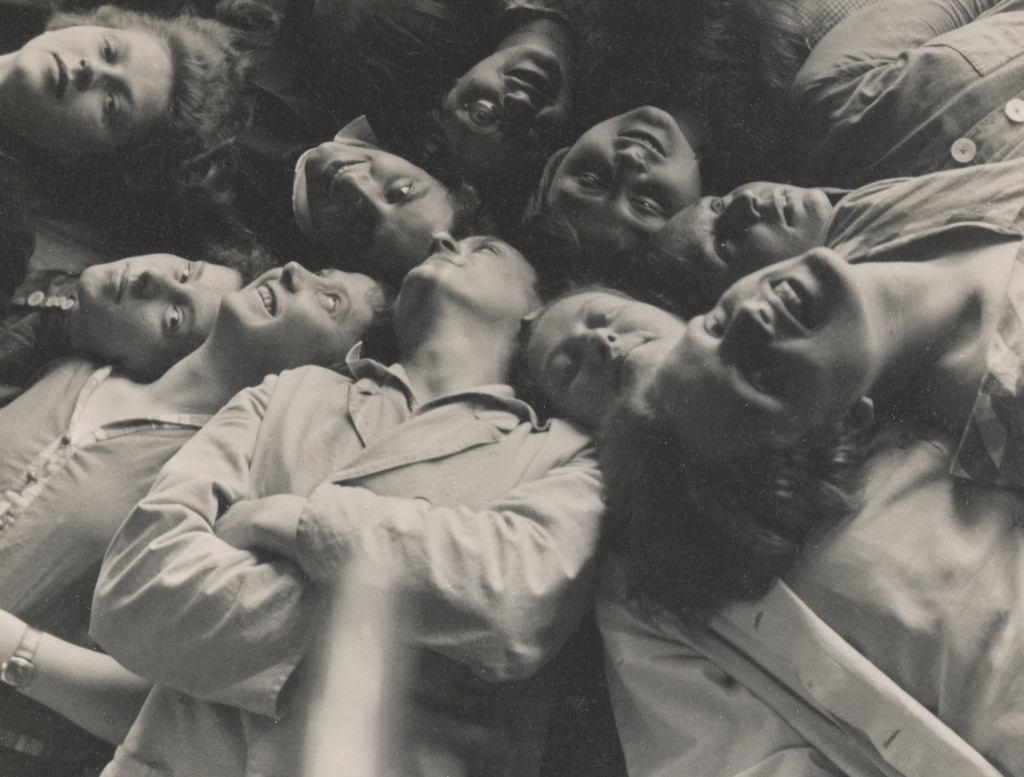
Support Art by Women – Women in Arts DONATE VIA PAYPAL #PalianSHOW
cover photo caption: weaving class on the steps of the Bauhaus in 1927 via Wikipedia
learn more here:
you might also like:
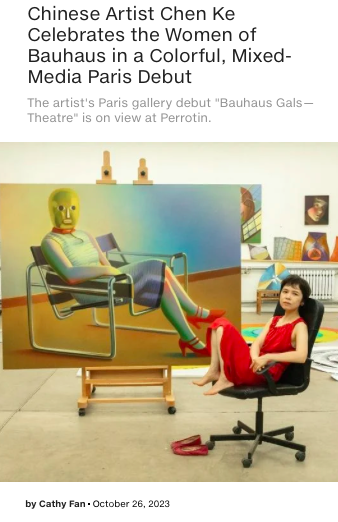
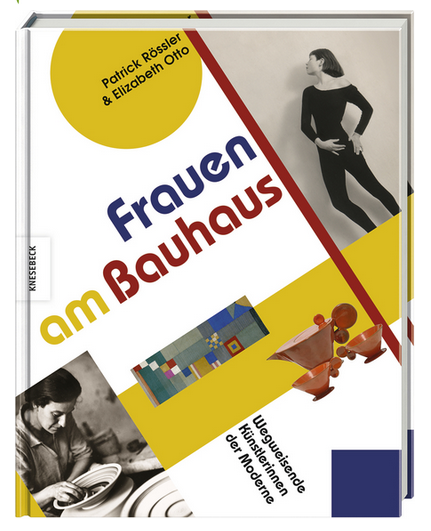
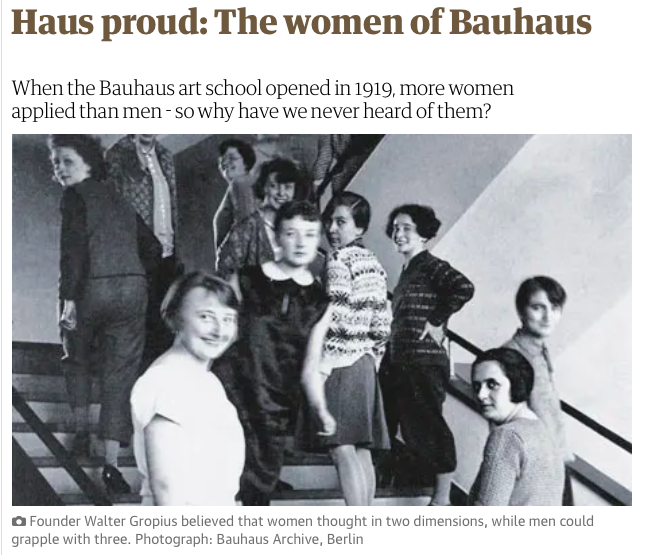

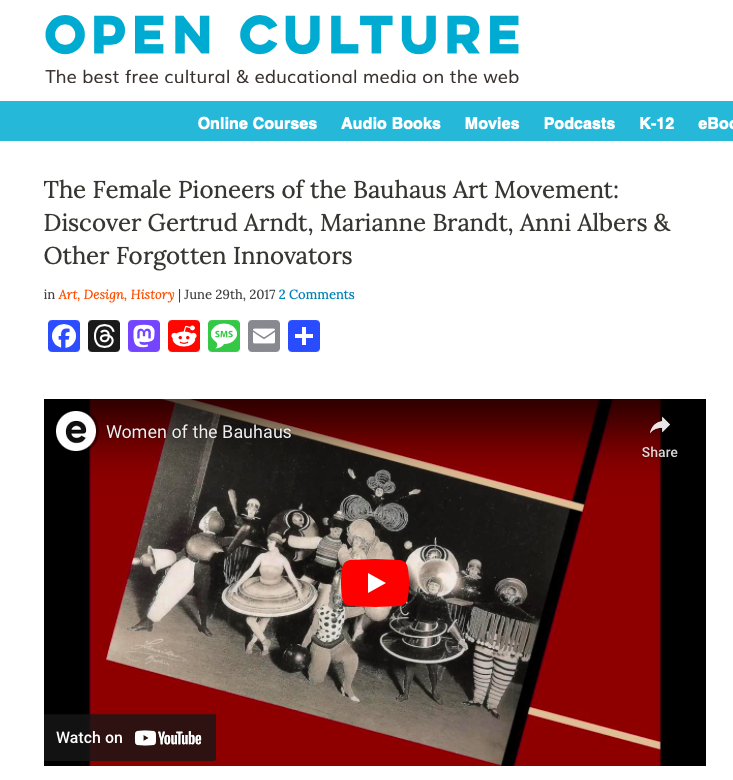
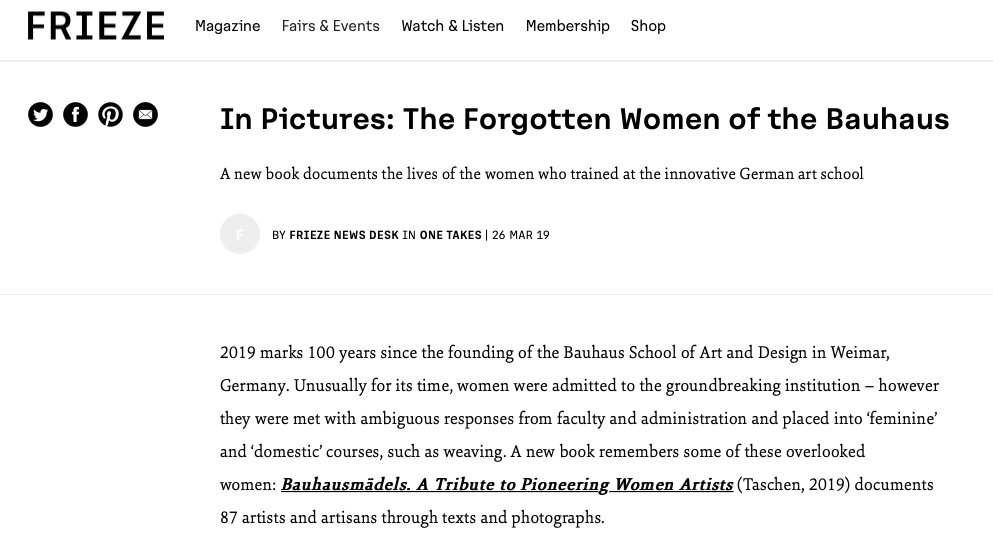

5 replies to “Women of Bauhaus #BauhausWomen”